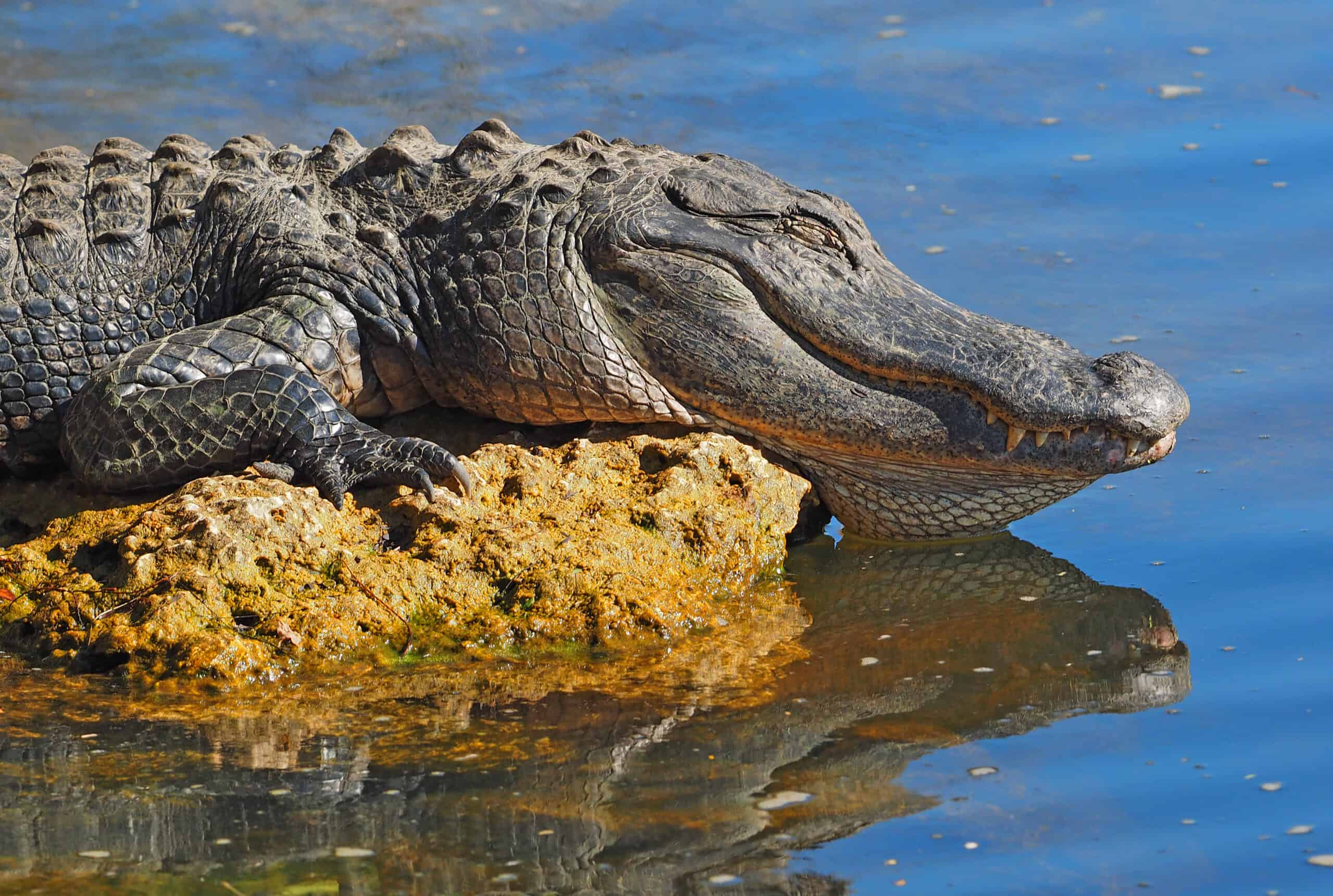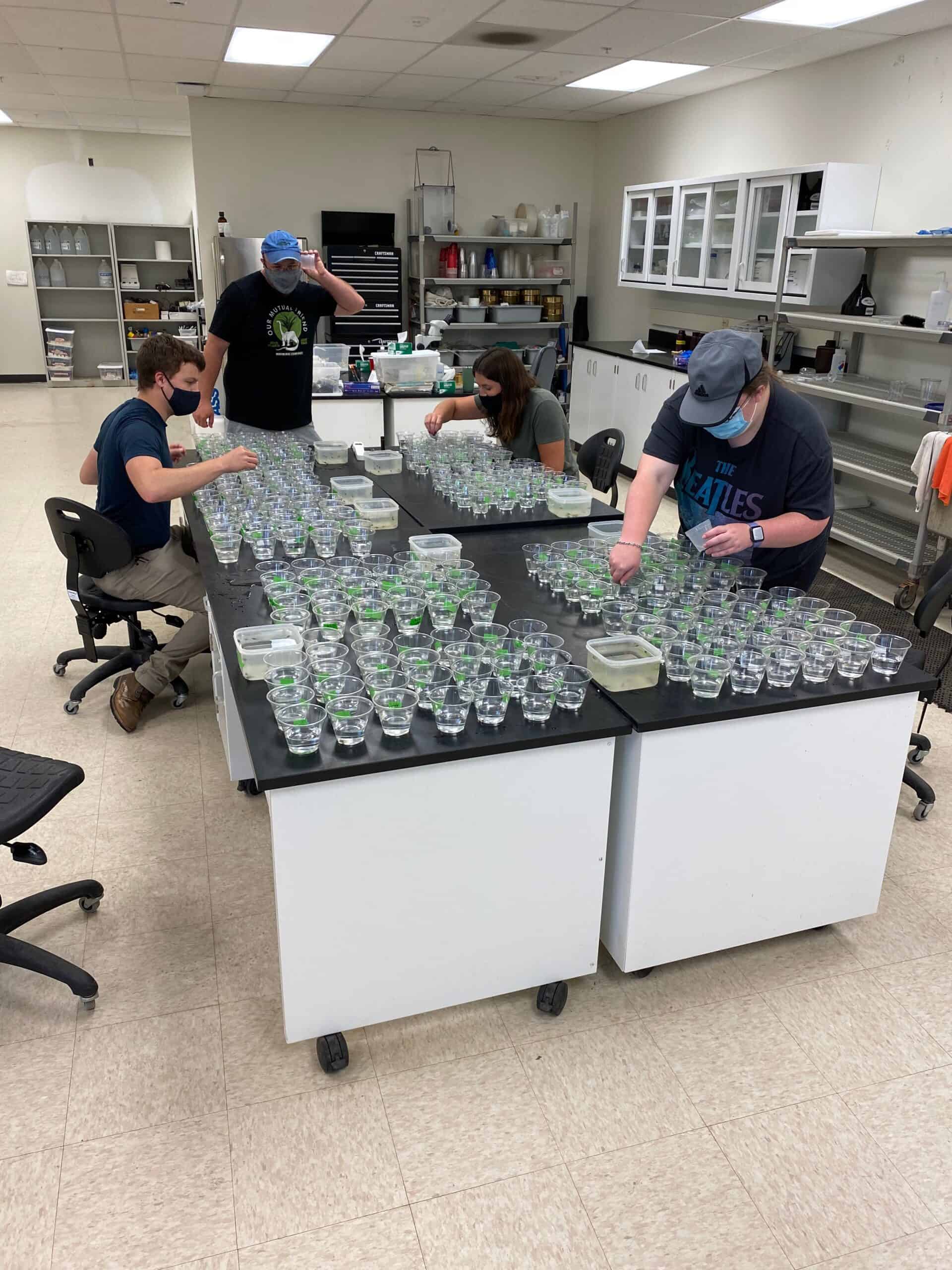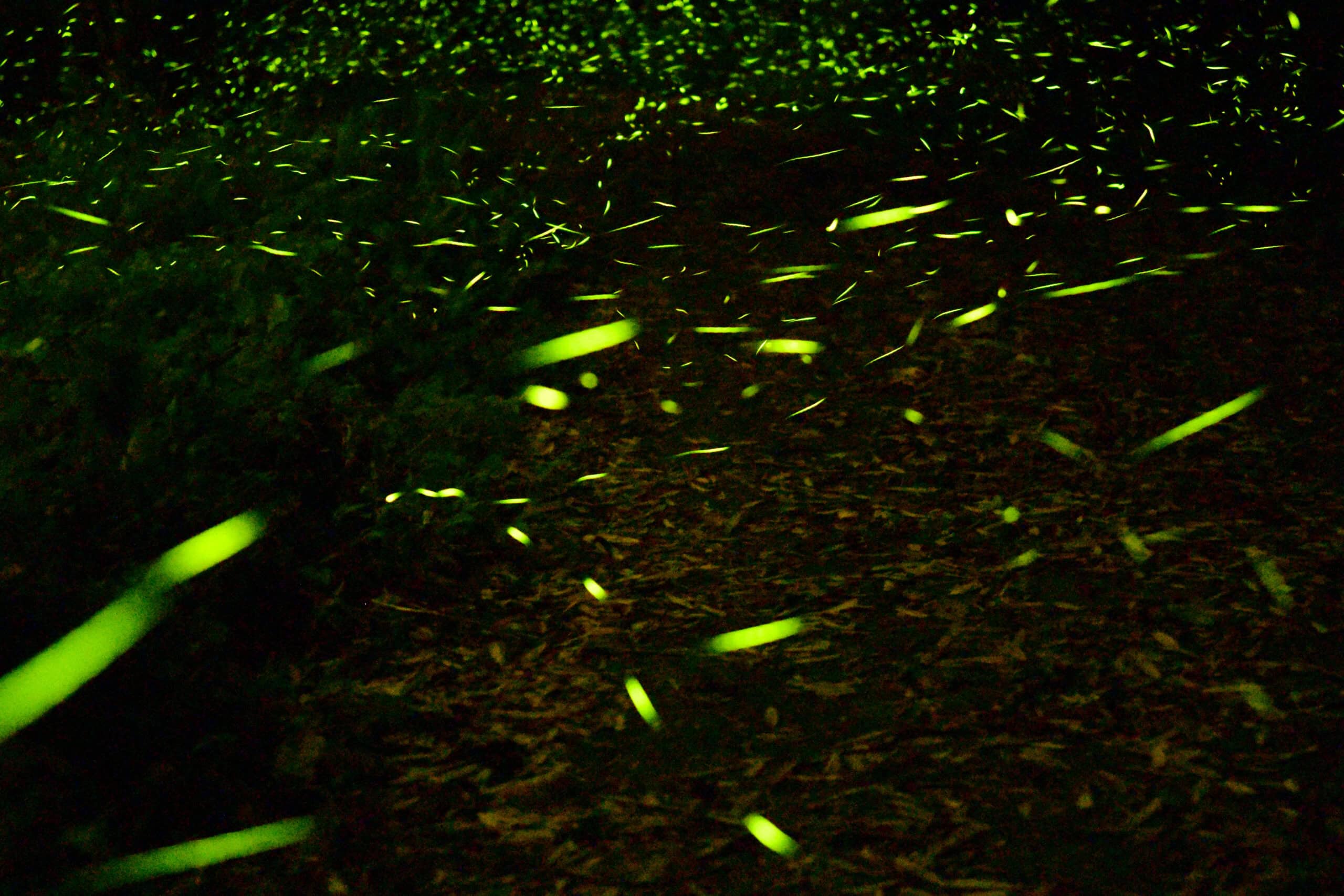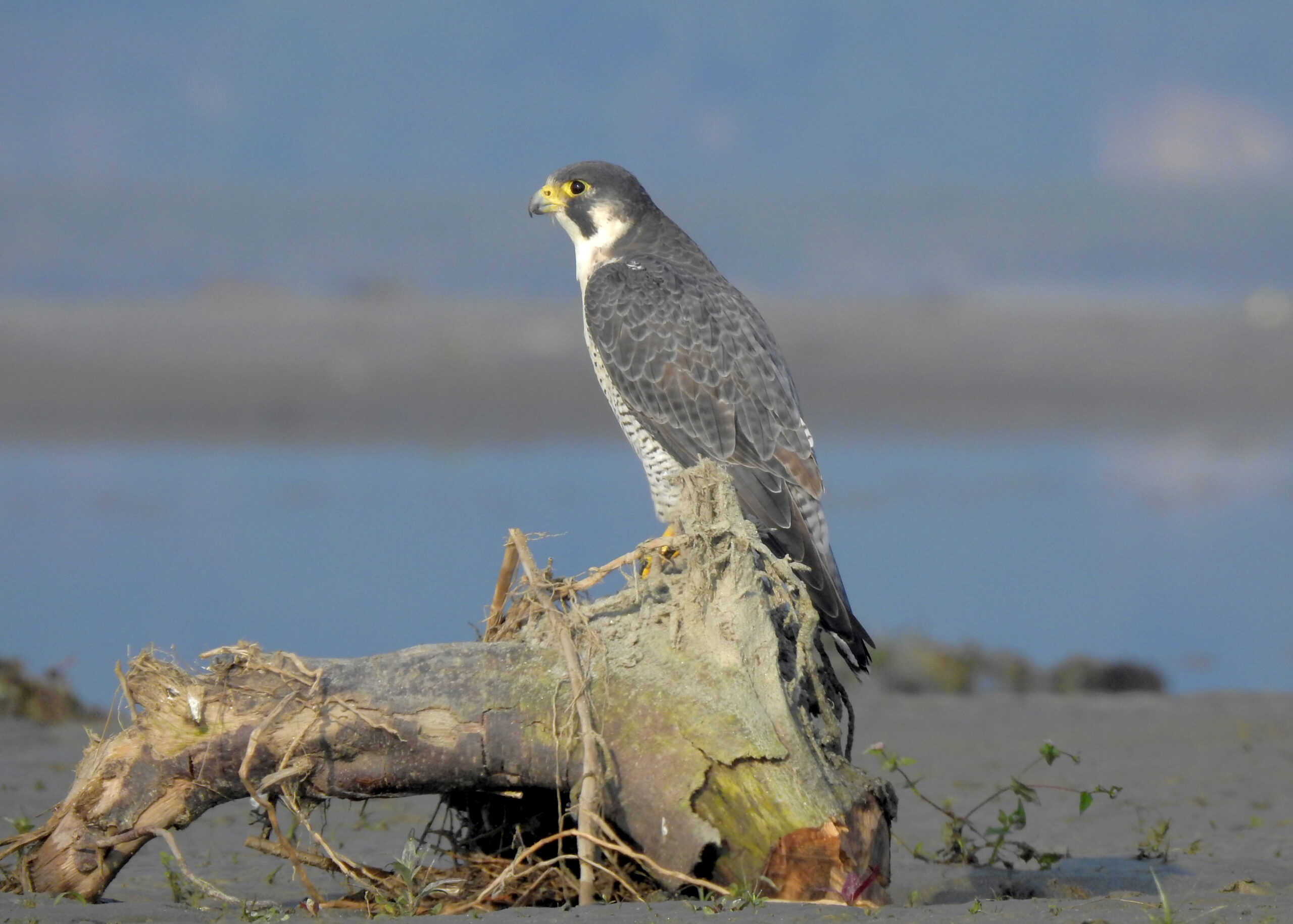Share this article
Q&A: Human studies on PFAS can inform wildlife conservation
Researchers are flipping the script when it comes to sentinel species
Scientists often look to animals to learn more about human health, but studying humans may also help us understand wildlife health, too. In a recent paper, researchers discussed using research on humans to better understand the presence of PFAS—sometimes called “forever chemicals”—in wildlife.
The Wildlife Society caught up with Tasha Stoiber, a senior scientist with the nonprofit Environmental Working Group and an author on the discussion paper published in Science of the Total Environment, to learn more about using humans as a sentinel species for wildlife. Responses are edited for style and brevity.

How did your study of PFAS in humans shift to studying it in wildlife?
Our organization has been looking at PFAS contamination in drinking water and the related human health effects for over two decades. From there, we really wanted to understand and see, how is this affecting wildlife?
We found hundreds and hundreds of studies showing all different types of wildlife—from marine mammals to insects—are contaminated across the globe. It’s really staggering. So we started thinking about how this is affecting animal health and how that could affect animal populations.
There’s not much in the literature about the effects of PFAS on wildlife because it is really difficult to study wild animals. But we have this body of research that clearly show associations with PFAS exposure to numerous health effects in humans.
We highlight in the paper a number of parallels of what we know about how PFAS affects human health with wildlife. There are a number of papers that observed in wildlife immune system effects, endocrine system effects, and it’s striking. We can use what we know about human health to fill in some of the data gaps this way for wildlife.
How can your map help managers or researchers?
We know that nearly every human has PFAS in their blood. Similarly, the maps show how virtually every species is susceptible to PFAS exposure. It’s a global map. You can turn on and off different layers mapped out by different species—small mammals, large mammals, aquatic mammals, birds, reptiles and other filters. It really highlights just how widespread exposure is and how much of a global problem it is.
How can humans be sentinels for environmental health?
In the paper we discuss the One Health concept, where the health of animals and the health of humans are connected. We need to understand how chemical exposures are affecting all of us together. All the actions that will help humans will also help animals, and that’s what’s really needed for sustainability in the long term.
The classic view is that animals are sentinels for environmental and human health. That’s the human-centered view of this, and there’s so many different examples of this. Methyl mercury exposure was first noted in cats, and then the issue was discovered in humans. And then there’s the cliché of the canary in the coal mine that is used over and over.
But in this case, for PFAS exposure, we have more data about human health than we do wildlife. Given the situation currently, where we’re experiencing unprecedented rates of biodiversity decline, loss of habitat and climate change pressures, we’re at a point where we need to look at all of these different factors and include that additional stressor of chemical exposures.
We’ll never be able to study wild animals as much as we need or want—especially endangered species. We’ll never have the data that we need to really understand how they’re being affected. So we’re just starting that conversation of how we can use what we know about humans and extrapolate that to figure out what we can do to protect wildlife.
What can we do to limit PFAS exposure in both humans and wildlife?
If we’re going to place a burden on anyone, it should be the polluters. They should be the ones that should be facing the penalties and be facing the cost to clean up their environmental pollution in the first place. Image Caption: Studies have shown PFAS in American alligators (Alligator mississippiensis) can affect their autoimmune systems. Researchers say further research on the chemicals in humans can help us understand how they affect wildlife.
Header Image: Studies have shown PFAS in American alligators (Alligator mississippiensis) can affect their immune systems. Credit: Judy Gallagher








